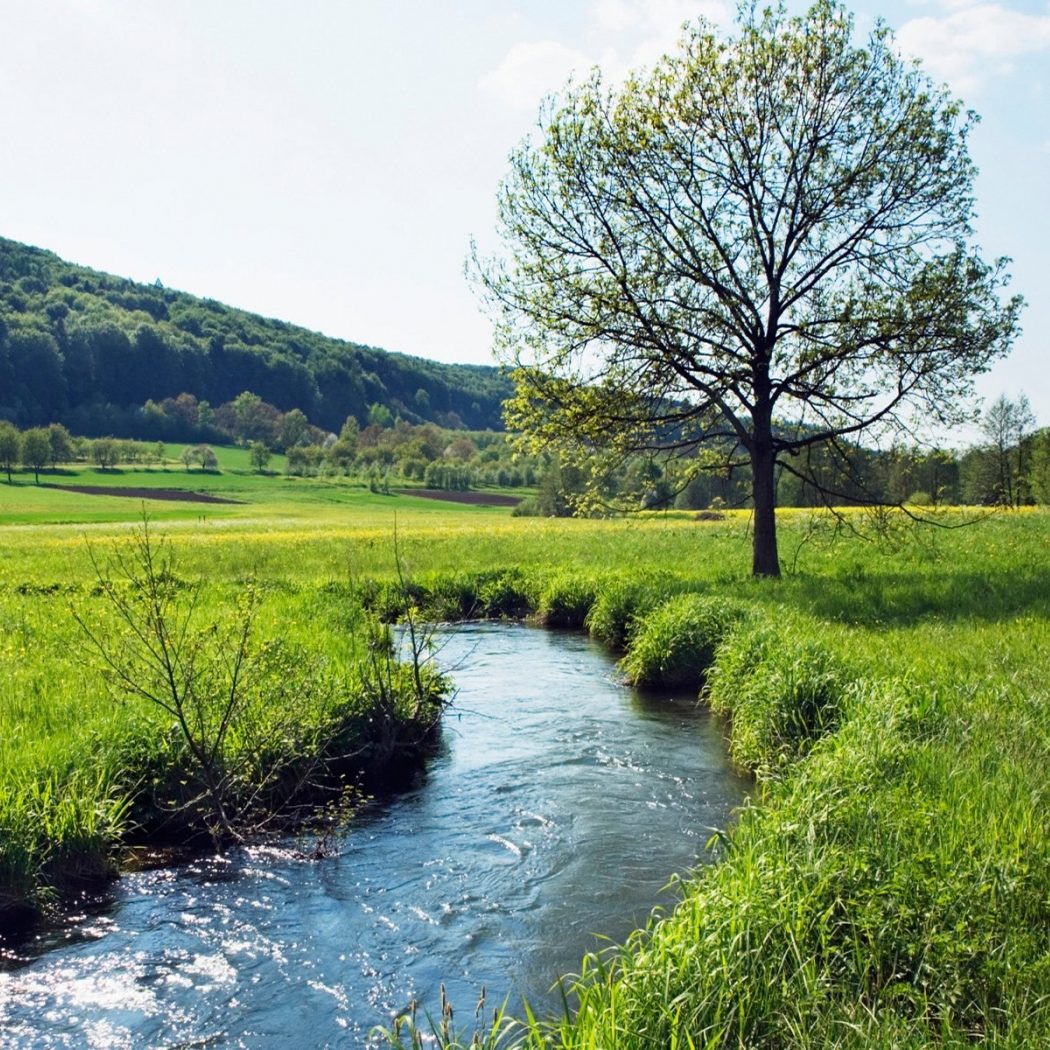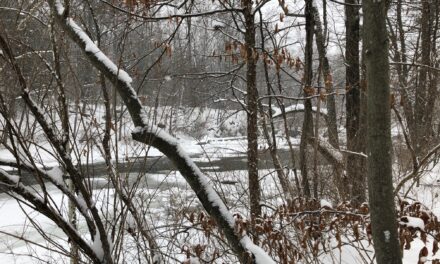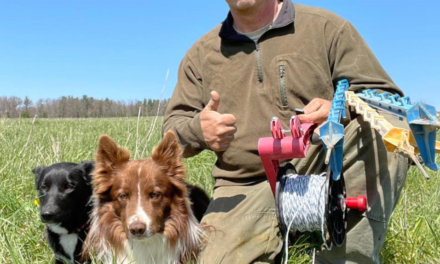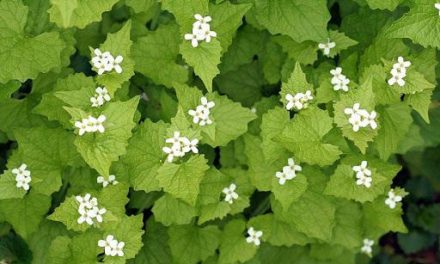Today at 10AM, Don Fisher, Little York Lake Preservation Society, will give a lake association’s perspective and experiences on the chemical treatment of their lake to control starry stonewort. For information go to https://starrystonewort.org/organizer/finger-lakes-institute/
Aquatic invasive species are found throughout Central New York, including Cortland County. Most of these species were transported to our area or released from aquariums. Aquatic invasive species often grow fast and dense, creating a loss of native species and biodiversity.
Rusty crayfish (Orconectes rusticus) are native to the Ohio River Basin. They can grow to be about 10 cm in length. They are dark brown and have rust colored spots on each side of their body. Their larger claws have black bands on the tips. They inhabit waterways that have clear water and lots of debris to hide under. They are aggressive, outcompeting native crayfish for food and habitat. This is leading to a decline in native crayfish species.
Curly-leaf pondweed (Potamogeton crispus) is a perennial aquatic plant that is native to Europe, Africa and Australia. This plant has rigid red-green wavy leaves and small red flowers. Curly-leaved pondweed can grow quickly in dense mats that can inhibit boating, swimming and fishing. This plant will outcompete native species, causing a critical loss of dissolved oxygen in the water. Decomposition of this plant can lead to harmful algal blooms. This species primarily spreads through water crafts and boating equipment.
Eurasian watermillfoil (Myriophyllum spicatum) is the most common and widely distributed aquatic invasive plant in New York. It is originally from Europe, Africa and Australia. It is a plant with bright green feathery leaves that grow in whorls around the stem that can grow between 3 and 10 feet in length. It is found in ponds and lakes. It grows in dense mats that outcompete native species and can inhibit recreational activities like boating and fishing. This species spreads through the transport of plant fragments by watercrafts and equipment.
Chinese mystery snails (Cipangopaludina chinensis) are native to east Asia and were introduced into New York waterways in the 1940’s when people were dumping them from their aquariums into the Niagara River. The only known location of these snails in Cortland County is in Melody Lake near Willet. These snails can grow to be 6 cm in size. Their shells are olive green with vertical striping. These snails will outcompete native species and are hosts for parasites that are harmful to humans and waterfowl.
To help prevent the spread of all these aquatic invasive species, it is crucially important to CLEAN, DRAIN and DRY your water crafts and fishing equipment. After exiting a body of water, you should inspect your boat, trailer and equipment for plants and other aquatic hitchhikers that could be on watercrafts or equipment. You should drain all standing water, including live wells, bilge water and bait buckets. Dispose of all species in a decontamination station. Before entering a body of water, make sure there are no species on your watercraft, equipment or trailer. Look for a boat washing station to help clean your watercraft. If proper decontamination wasn’t performed, you should wait 2 weeks between launching your watercrafts. Invasive species can disrupt native species and take over waterways affecting shoreline property owners, anglers, and recreational boaters alike. It is important for everyone to do their part in preventing the spread of aquatic invasive species.

















